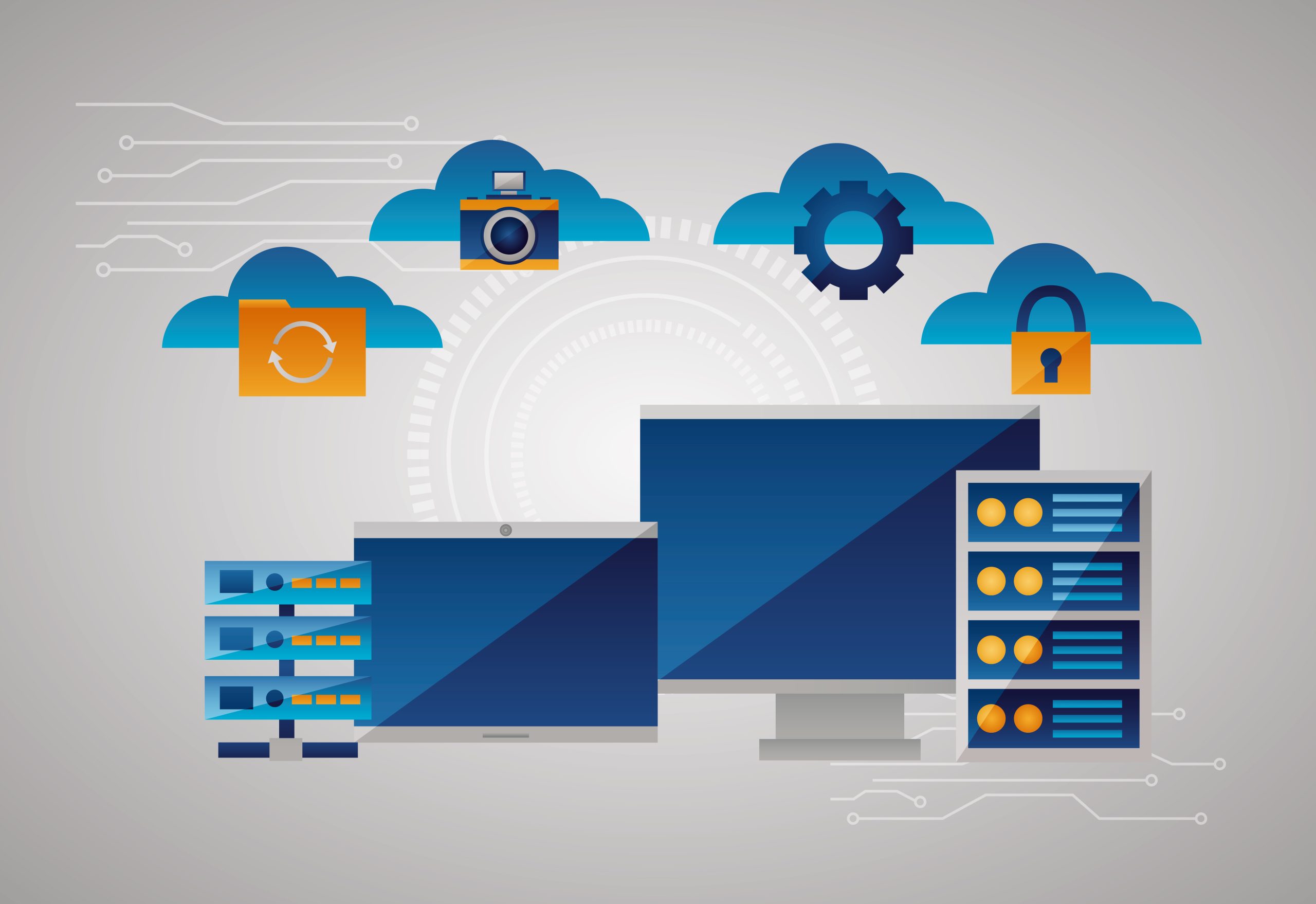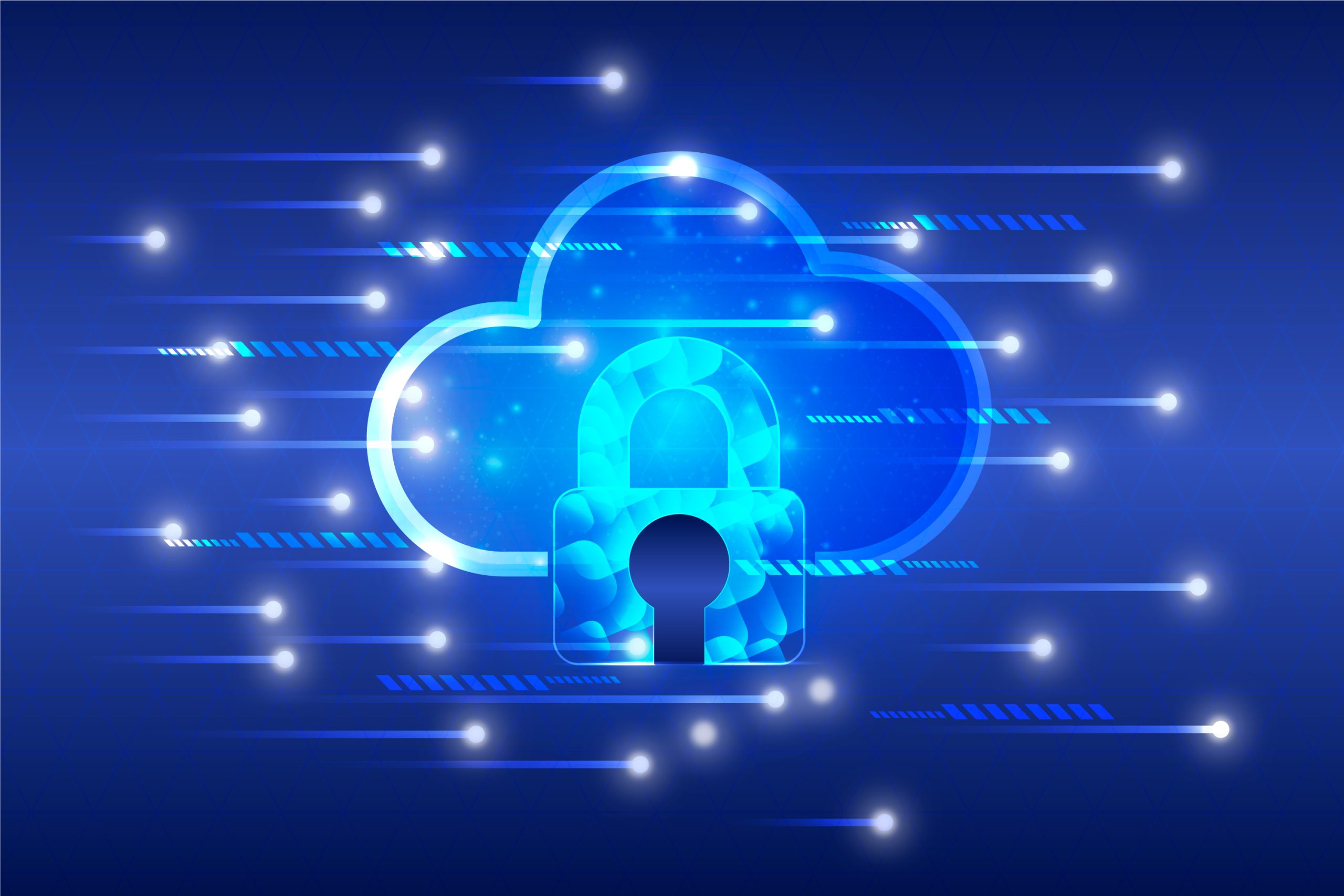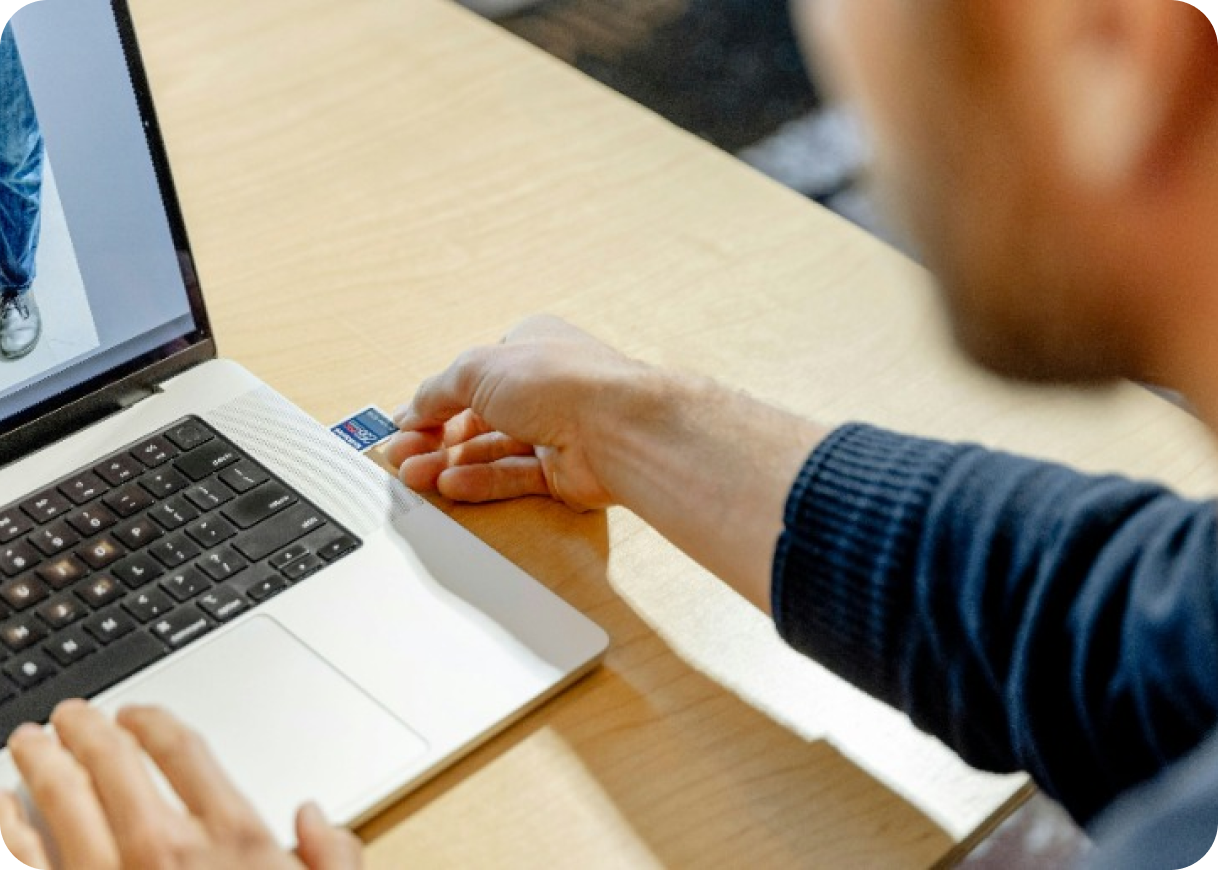Securing Remote Workforces: Top Cybersecurity Strategies Every Business Should Know
As remote work continues to become the norm for many businesses, cybersecurity threats are on the rise. With employees accessing company resources from different locations and using various devices, ensuring the safety of your business’s sensitive information is more important than ever. Cyberattacks can be devastating, causing data breaches, financial loss, and reputational damage. Here are the top cybersecurity strategies every business should adopt to secure their remote workforce.
1. Implement Strong Authentication Methods
One of the easiest ways for cybercriminals to gain unauthorized access to your company’s systems is through weak or stolen passwords. Implementing multi-factor authentication (MFA) adds an extra layer of security. With MFA, users must provide two or more verification methods before accessing a system—such as a password, a security code sent to their mobile device, or a fingerprint scan. This reduces the risk of compromised passwords leading to data breaches.
2. Use a Virtual Private Network (VPN)
A Virtual Private Network (VPN) encrypts internet traffic, ensuring that sensitive data is transmitted securely between the employee’s device and the company’s network. VPNs are essential for remote workers who may be using public Wi-Fi or other unsecured networks. By routing all connections through a secure VPN, you can protect your data from potential interception by malicious actors.
3. Regularly Update Software and Systems
Outdated software is a prime target for cyberattacks. Hackers exploit known vulnerabilities in outdated systems to gain access to company data. Ensure that all remote workers’ devices, including computers, phones, and applications, are regularly updated with the latest security patches. Automating updates where possible can ensure that all systems remain protected without relying on individual users to update their devices manually.
4. Provide Cybersecurity Training for Employees
Your employees are often the first line of defense against cyberattacks. However, many remote workers may not be aware of common cyber threats, such as phishing emails or social engineering attacks. Regularly providing cybersecurity training helps employees recognize suspicious activities, avoid clicking on malicious links, and understand safe internet practices. Educating your workforce is key to minimizing human error that can lead to a security breach.
5. Adopt Endpoint Security Solutions
With remote workers using various devices, endpoint security becomes essential. Endpoint security solutions, such as antivirus software, firewalls, and device encryption, ensure that all connected devices are protected against malware and unauthorized access. Additionally, using mobile device management (MDM) tools allows businesses to remotely monitor, manage, and secure employee devices.
6. Establish a Remote Work Policy
A comprehensive remote work policy sets the expectations for cybersecurity practices among your employees. It should include guidelines on the use of personal devices, password management, data handling, and the use of VPNs. Define clear protocols for reporting security incidents and ensure that employees understand the steps to take in case of a breach.
7. Limit Access to Sensitive Data
Not all employees need access to all company resources. Implementing role-based access control (RBAC) ensures that employees only have access to the information necessary for their roles. By limiting access to sensitive data, you reduce the risk of accidental or intentional data breaches.
8. Backup Data Regularly
In the event of a cyberattack, such as ransomware, having a reliable backup of your data can save your business. Regular backups ensure that you can quickly recover critical data in the event of a loss or breach. Make sure that backups are stored securely and that your team regularly tests the recovery process.
9. Monitor Network Activity
Keeping an eye on your network traffic can help detect suspicious activity before it turns into a full-scale breach. Using network monitoring tools to identify unusual login attempts, unauthorized data transfers, or other signs of an attack can help your security team respond quickly. Setting up real-time alerts for potential threats can further enhance your ability to react in a timely manner.
10. Secure Cloud-Based Tools
Many remote teams rely on cloud-based applications to collaborate and access company data. While these tools offer flexibility, they can also be vulnerable to attacks. Ensure that any cloud services you use have strong security measures in place, such as encryption and access control. Additionally, review your cloud service provider’s security policies and ensure they align with your company’s standards.
Conclusion
Securing your remote workforce is an ongoing effort that requires a proactive approach to cybersecurity. By implementing these top strategies—strong authentication, VPNs, regular updates, employee training, and more—you can protect your business from cyber threats and ensure the safety of your sensitive data. As remote work continues to evolve, staying vigilant and adapting to new security challenges is key to maintaining a secure and resilient business.








